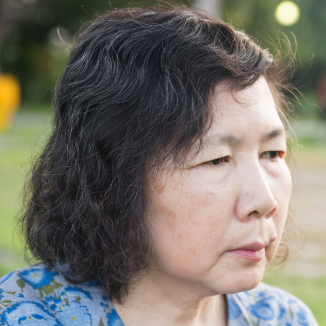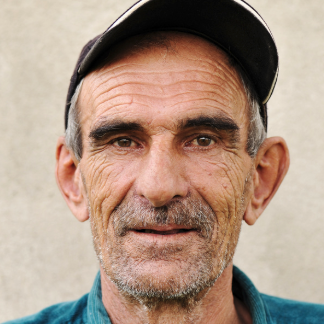Go brings it all together
Healthcare is interdisciplinary by nature, and with Go’s realistic patient cases and activities, you can create meaningful interprofessional educational (IPE) experiences for your students.
During hospitalization, one patient may have a dozen different caregivers from a variety of different disciplines. We know the best patient care happens when those caregivers work together collaboratively and that essential teamwork skills are best established early on. Use Go’s realistic and diverse patient cases to facilitate deep learning in an interprofessional setting.
What do faculty say about Go? Review these case studies and white papers.
Go can be used for IPE
Work virtually between disciplines and institutions
Virtual teams can be assembled both across disciplines and institutions via webinar. Work collaboratively in real time to create a plan of care and document it together in the Go EHR.
Initiate a team conference for working face-to-face
Have all students prepare by reviewing an assigned patient case in the Go EHR, then gather together to make an IPE plan of care in the chart. The conference may include group discussion prompts, critical thinking questions, targeted research, and reflection, and can be conducted with or without a faculty proctor present.
Use Go in Simulation
Employ a manikin or standardized actor to play an assigned patient from Go and invite students to work together and coordinate care in real time. This can be done by having students rotate through, taking turns caring for the patient while the rest of the team watches, or by allowing students to work together with the patient at the same time.
TIP: Be sure to include time before the simulation for the team to meet and prepare as well as sufficient time after the simulation for a proctored debrief.
It’s no secret that people learn and retain best through the power of story. Throughout history, humans have used stories to educate, inform, and pass on important lessons.
Story-learning sticks. It moves us and helps bring meaning, depth, and compassion to otherwise static information.
Our diverse and realistic patient cases bring the power of story to healthcare education and reinforce human-centered use of technology. Built to be as multifaceted as the individuals they represent, the stories of our patients introduce vital healthcare concepts, lessons, and terminology in ways your students will connect with.
With a thorough review of a patient’s case in the Go EHR, students will build their understanding and find the information they need to care for, diagnose, and treat, while learning important documentation skills.
Teach students to focus on patients, not technology.

Sarah Connor is a 26-year-old female who presents to the ER with shortness of breath and pain in her right leg. Sarah has been under the care of her primary care physician and recently was placed on oral contraceptives. She has a history of familial hypercholesterolemia and asthma. Recent lab results confirm that she has Chromosome 19 LDL heterogeneity (HoFH – Homozygous familial hypercholesterolemia). Sarah has recently traveled overseas. Based on her case history and her presentation in the ER, Sarah has confirmed Factor V Leiden, blood clots in her lungs, and decreased blood flow to her leg.
Can your students help Sarah?
- Students are expected to be able to identify the patient’s risk factors for blood clots, determine appropriate treatment of an acute DVT and PE, and develop a plan of care.

Mithsa is a 62-year-old female originally from Laos. She has a history of cirrhosis secondary to portal vein thrombosis. A few months ago, the decision was made to initiate hospice care at her son’s home, where she lives. At that time, she was told she had weeks to months to live.
However, once on hospice, Mithsa’s condition improved on its own. She took herself off hospice and changed her status to full code. She is now back in the hospital with a progression of liver failure but is vehemently opposed to palliative care. She needs a complete team approach for her discharge plan.
Can your students help Mithsa?

Daniel Davis is a 72-year-old male with a long history of chronic wounds on the right foot secondary to type 2 diabetes and peripheral vascular disease. He recently developed osteomyelitis and gangrene of the right lower extremity, so a short transtibial (BK) amputation was performed four days ago. Daniel is at the therapy center for his initial evaluation with the physical therapist.
Can your students help Daniel?
- The PTA student will be completing the recommended interventions and documenting in the EHR. This chart has been developed by PT faculty and has a focus on physical therapy.
Our patient cases are realistic, diverse, and customizable. Find out how you can use Go in healthcare education.
Use anywhere, Any time
Go is web-based, with no software to update or maintain, and can be used in any learning environment, face-to-face or virtually.
All levels, All disciplines
Realistic content for all healthcare disciplines, at all levels, created for Go by subject matter experts.
Meaningful Scenarios
Go’s included scenarios are realistic and address important, current issues, and trends in healthcare. You are also able to incorporate your own scenarios into the platform
Real-world data
Vitals, labs, patient wristbands, barcoded medication administration, and more.